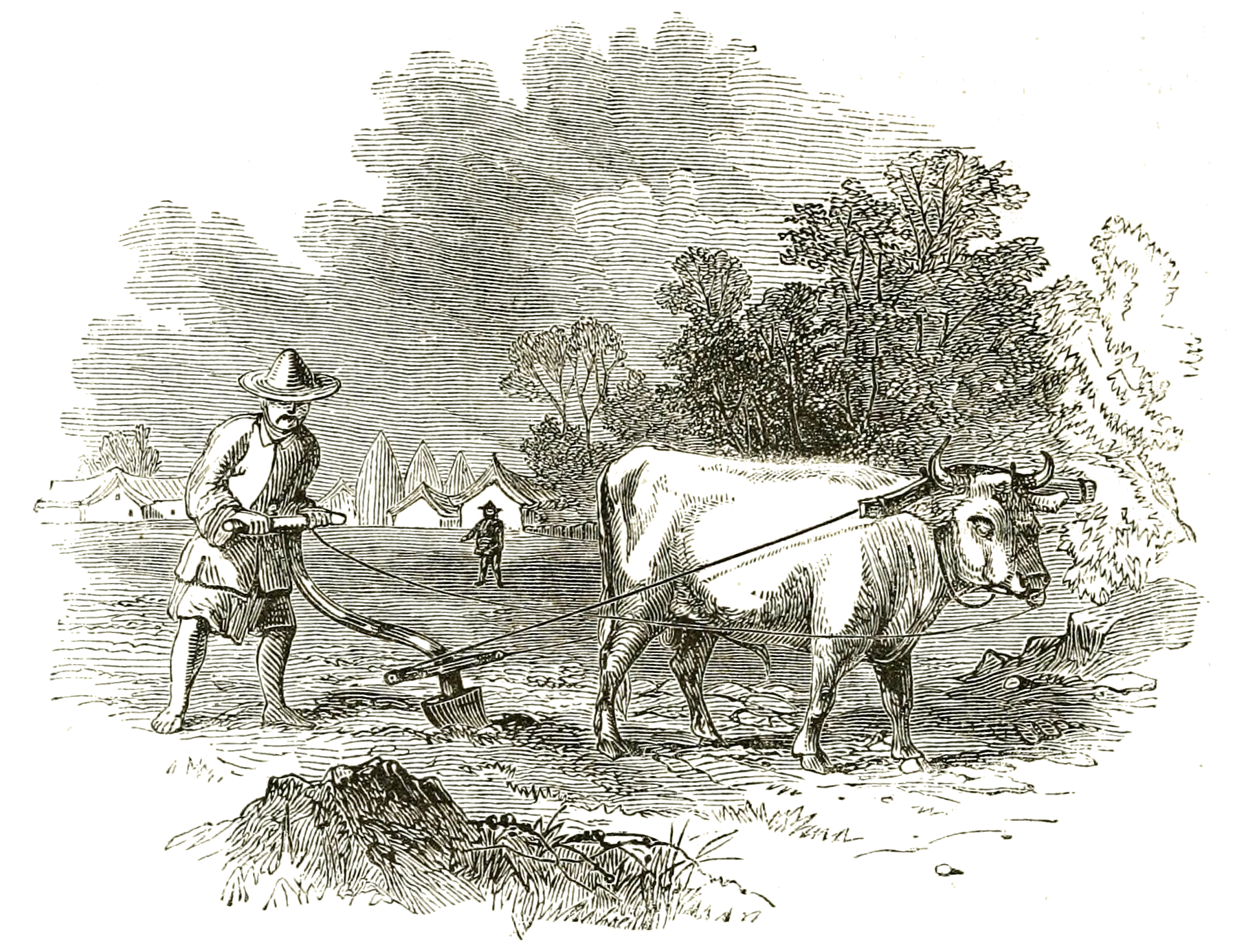An age that had mastered the industrial arts so well produced monumental statues, of which the most famous was Liberty in New York harbor, the work of the French sculptor Frederic Bartholdi (1834-1904), a gift from the Third French Republic to the American republic.
But the statues of statesmen and warriors that came to adorn public places everywhere in the West were conventionally realistic, designed for formal display to honor the subject rather than the artist. Toward the end of the century the French sculptor Auguste Rodin (1840-1917) began to simplify, strengthen, and, to a degree, exaggerate the contours of men and women, treating subjects with less academic convention and more power.
Inexpensive, small- scale copies of the great sculpture of antiquity and of the Renaissance also became common. Museums could all afford large plaster casts of classical works, so some exposure to the great artistic achievements of the past was now possible for a very wide general public. In particular, the middle class saw the museum and art gallery as educational institutions.
In architecture, as in painting and sculpture, true innovation began toward the end of the century. Structural steel freed construction from the limitations that had so taxed the Gothic builders; structures could now go almost as high as architects pleased. Thus the first “skyscrapers” were put up in Chicago in the 1880s. The general tendency imposed by the materials was toward simplicity of line.
This taste for simplicity began to spread, and by the twentieth century the way was open for modern “functional” architecture. Often the architect was also an engineer, and perhaps the finest and most aesthetic structures of the industrial societies were the great railway bridges, the complex Brooklyn Bridge begun in 1869 by John Roebling (1806-1869) and not completed until 1883, and the massive work of Gustave Eiffel (1832-1923) in France.
Perhaps the least immediate response to the interests and new technical capacities of the industrial society was to be found in music. Here, too, there was emphasis on monumentality and education—in the founding of many of the great modern symphony orchestras and opera companies, in the creation of touring groups that brought the oratorios of Handel and others to country towns, and in the presence of pianos in thousands of private homes. But in musical taste, most people remained firmly rooted in the era of the romantics.
The most ambitious composer of the age did attempt to break with tradition. Richard Wagner (18131883) He called opera “music drama” and set out to make it the supreme synthesis of the arts, with drama, music, costumes, and scenery all fused into one. His characteristic device was the leitmotif a recurring melodic theme associated with a given character or symbolizing an element in the drama.
Wagner chose subjects from the Arthurian legends or the heroic epics of medieval Germany. These subjects showed his awareness of the human need for archetypes and myths, the demigods and supermen of the past who still haunt the memory.
The French man Claude Debussy (1862-1918) holds the now-conventional title of founder of modern music. Debussy developed new rhythms, harmonies, and dissonances that were a radical change from conventional composition. In reaction against Wagnerian gigantism, he attempted to convey the subtle, sensuous moods of The Afternoon of a Faun or the sounds of the sea (La Mer). Debussy’s style is often called impressionistic, for he sought to convey the sounds and emotions of a transitory moment, much as the impressionist painters sought to capture its light and color.
This sense of life as transitory, like the colors observed and recorded by the artists, pervaded thought in all its forms by the end of the century. The fin de siecle, the last years of the nineteenth century, was marked by materialism and pessimism.
Somehow the new and better world promised by the revolutions of 1776 and 1789 and by the remarkable industrial explosion prior to 1850 had not arrived. Even religion, that anchor against a transitory world, was under attack and being replaced by secular messiahs.
As the American writer Henry David Thoreau (1817-1862) remarked, people everywhere led lives of quiet desperation. Mental illness and crime seemed on the increase, war was ever more destructive, and the earth’s resources were being used too rapidly for replenishment. Fear of environmental catastrophes, while essentially limited to some intellectuals, was already a worm in the bud of late Victorian optimism.
The nineteenth century had been called the “century of hope,” for most people throughout the West continued to believe in progress.
They continued to believe that what the individual wrote, said, and did would bring positive results, that despite all the pleas of the pessimists for elites, for limiting the expansion of democracy, for inhibiting self-expression in art, literature, or politics, or even for restricting the growth of the industrial society, the future was even yet “big with blessings.”
In the search for security and stability, humanity had again reminded itself of nature and its own ambivalence.

